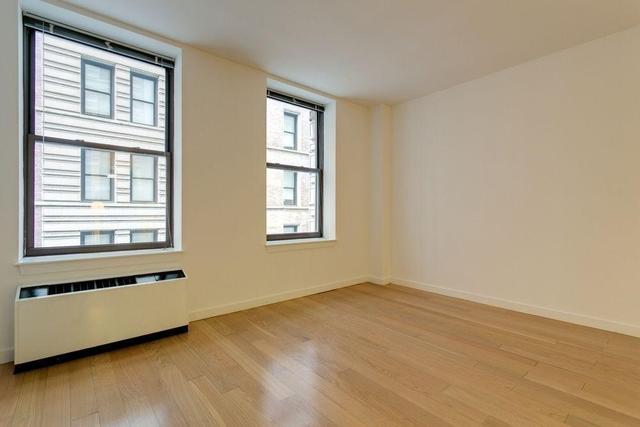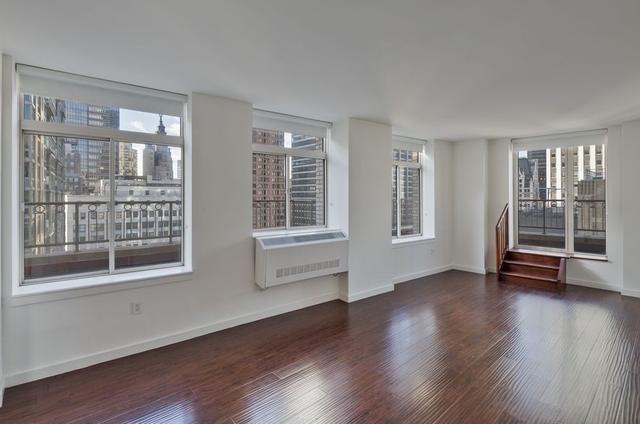
Top 6 Most Energy Efficient Windows for Your Home
By: ROS Team
Windows are an important part of any home, not just for the natural light and views they provide, but also for their impact on energy efficiency. With the right windows, you can save money on energy bills and improve the comfort of your home.
In this blog post, we’ll provide a list of the top 6 most energy efficient windows, with information on the material, glass, and coatings used to achieve their high-efficiency ratings. By choosing one of these windows for your home, you can maximize energy savings and reduce your carbon footprint.
Window Material Options
When it comes to energy efficiency, the material of a window can play a significant role. Here are some common window materials and how they can affect energy efficiency:
1- Wood
Wood is a popular choice for windows because of its natural beauty and durability. However, wood is not as energy efficient as some other materials, as it is a good conductor of heat and cold. To improve the energy efficiency of wood windows, they can be fitted with multiple panes of glass and Low-E coatings.
2- Vinyl
Vinyl windows are made from polyvinyl chloride (PVC), a synthetic plastic material, vinyl is a good insulator. So it can help reduce heat loss through windows. Vinyl windows are also relatively low maintenance and affordable, making them a popular choice.
3- Fiberglass
Fiberglass windows are made from fiberglass reinforced with plastic. Like vinyl, fiberglass is a good insulator and can help reduce heat loss through windows. Fiberglass windows are also durable and low maintenance, but they may be more expensive than vinyl windows.
4- Aluminum
Aluminum windows are lightweight and strong, but they are not as energy efficient as some other materials. Aluminum is a good conductor of heat and cold, so it can allow more heat transfer through windows. To improve the energy efficiency of aluminum windows, they can be fitted with multiple panes of glass and Low-E coatings.
Window Glass Options
The type of glass used in a window can also affect its energy efficiency. Here are some common window glass options and how they can impact energy efficiency:

1. Single Pane
Single-pane windows have just one layer of glass, which can allow a significant amount of heat transfer through the window. Single-pane windows are not very energy efficient and are not typically used in new construction.
2. Double Pane
Double-pane windows have two layers of glass separated by a spacer, which can help reduce heat transfer through the window. Double-pane windows are more energy efficient than single-pane windows, but they may still allow some heat transfer.
3. Triple Pane
Triple-pane windows have three layers of glass separated by two spacers, which can provide even better insulation than double pane windows. Triple pane windows are highly energy efficient and can help reduce heat loss and heat gain through windows.
In addition to the number of panes, the type of gas between the panes can also affect a window’s energy efficiency. Common gasses used in window panes include air, argon, and krypton. These gasses are less conductive than air, so they can help reduce heat transfer through the window.
By choosing a window with multiple panes of glass and a low-conductivity gas between the panes, you can improve the window’s energy efficiency.
Window Coatings
In addition to the material and glass of a window, coatings can also be applied to improve energy efficiency.

Here are some common window coatings and how they work:
Low-E Coatings
Low-emissivity (Low-E) coatings are thin, transparent coatings applied to a window’s surface. These coatings reflect heat back to their source, which can help reduce heat gain in the summer and heat loss in the winter. Low-e coatings are typically applied to the inside surface of the window so they are not visible from the outside.
Reflective Coatings
Reflective coatings are applied to the outside surface of a window and can reflect sunlight and heat away from the window. These coatings can help reduce heat gain in the summer, but they may also reduce the amount of natural light that enters the home. Reflective coatings are typically used in hot climates to help reduce the heat load on the home.
By choosing a window with Low-E coatings or reflective coatings. You can further improve the window’s energy efficiency and reduce heat gain and heat loss through the window.
Top 6 Most Energy Efficient Windows
1. LoE-366
The LoE-366 window is a triple pane window with Low-E coatings on both surfaces of the innermost pane of glass. This window is Energy Star certified and has a U-factor of 0.27, making it one of the most energy-efficient windows on the market.
2. Solarban 70XL
The Solarban 70XL window is a triple-pane window with a Low-E coating on the inner surface of the innermost pane of glass and a reflective coating on the outer surface of the outermost pane of glass. This window is Energy Star certified and has a U-factor of 0.21, making it an excellent choice for hot climates.
3. SuperSpacer TriSeal
The SuperSpacer TriSeal window is a triple-pane window with a proprietary spacer system that helps reduce heat transfer through the window. This window is Energy Star certified and has a U-factor of 0.27, making it highly energy efficient.
4. Ultrex Fiberglass
The Ultrex Fiberglass window is a fiberglass window with a Low-E coating on the inner surface of the innermost pane of glass. This window is Energy Star certified and has a U-factor of 0.27, making it an energy-efficient choice for those who prefer fiberglass windows.
5. Cardinal IG Series
The Cardinal IG Series window is a triple pane window with a Low-E coating on the inner surface of the innermost pane of glass and a reflective coating on the outer surface of the outermost pane of glass. This window is Energy Star certified and has a U-factor of 0.21, making it a top performer in terms of energy efficiency.
6. Pella Impervia
The Pella Impervia window is a fiberglass window with a Low-E coating on the inner surface of the innermost pane of glass. This window is Energy Star certified and has a U-factor of 0.27, making it an energy-efficient choice for those who prefer fiberglass windows.
In addition to its energy efficiency, the Pella Impervia window is also known for its durability and resistance to weather and UV radiation. It is available in a range of styles and colors to suit different home designs.
Final Thoughts
Windows play a significant role in the energy efficiency of a home. By choosing the right windows, you can save money on energy bills and improve the comfort of your home.
The top 6 energy-efficient windows we’ve listed are all excellent choices for those who want to maximize energy savings and reduce their carbon footprint.
These windows are made from energy efficient materials, have multiple panes of glass with low-conductivity gasses between the panes, and have Low-E or reflective coatings to further improve their energy efficiency. By choosing one of these windows for your home, you can enjoy the benefits of an energy-efficient home.
Read Also:








